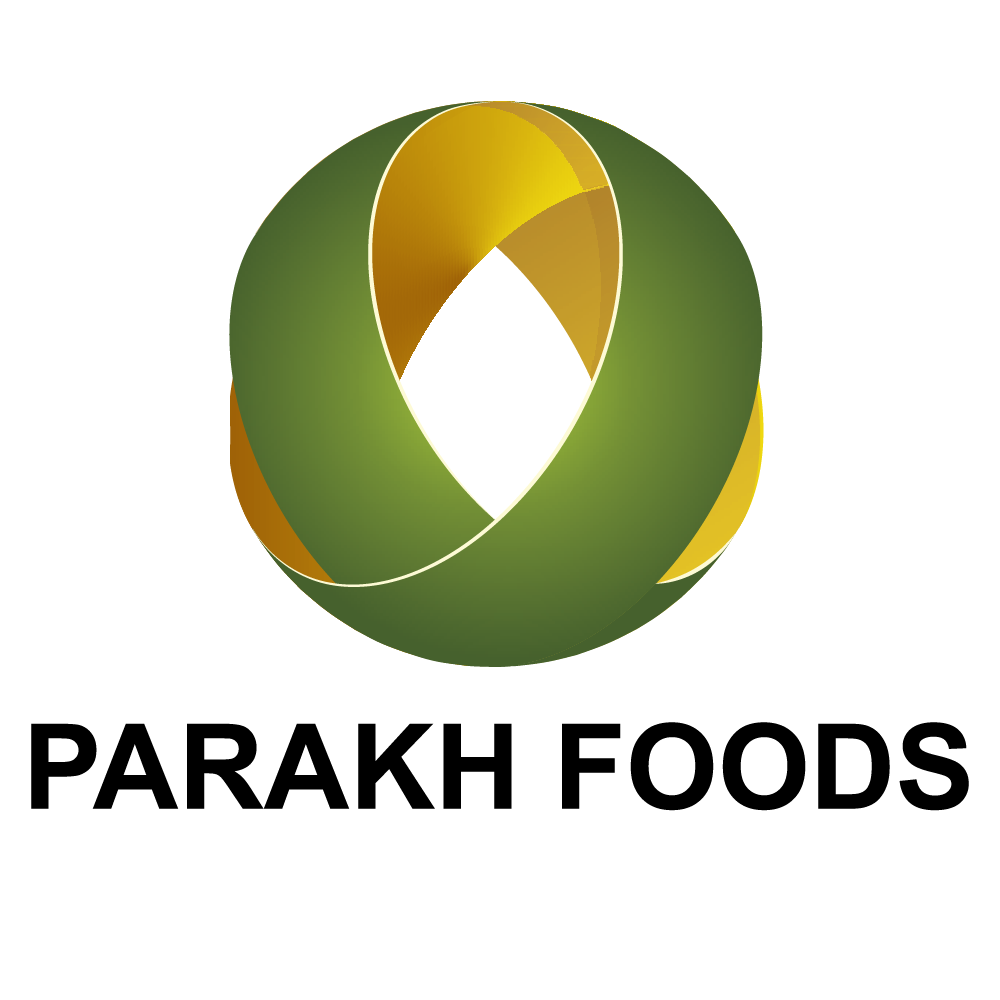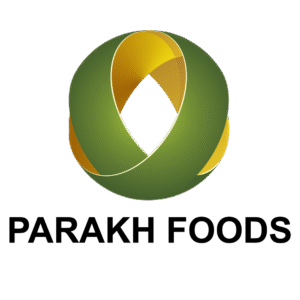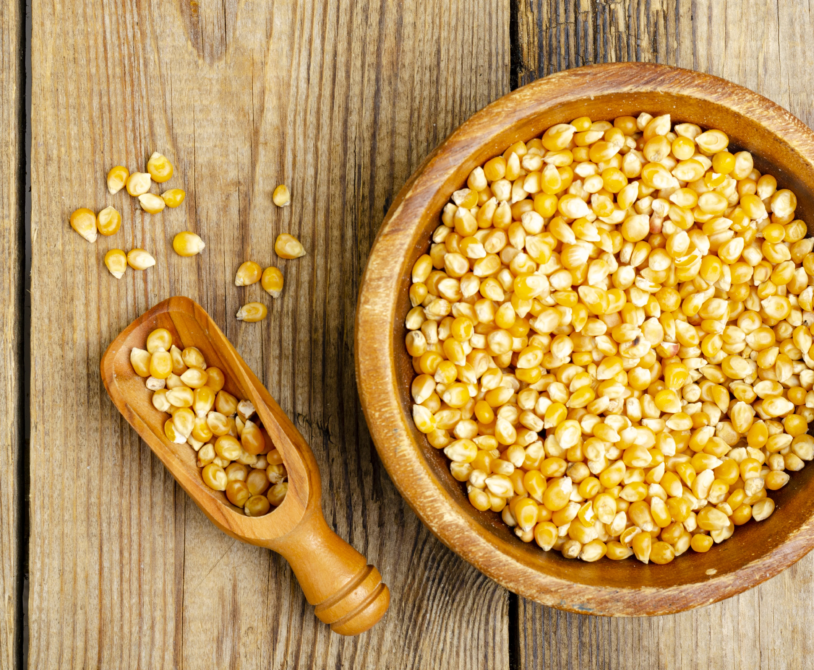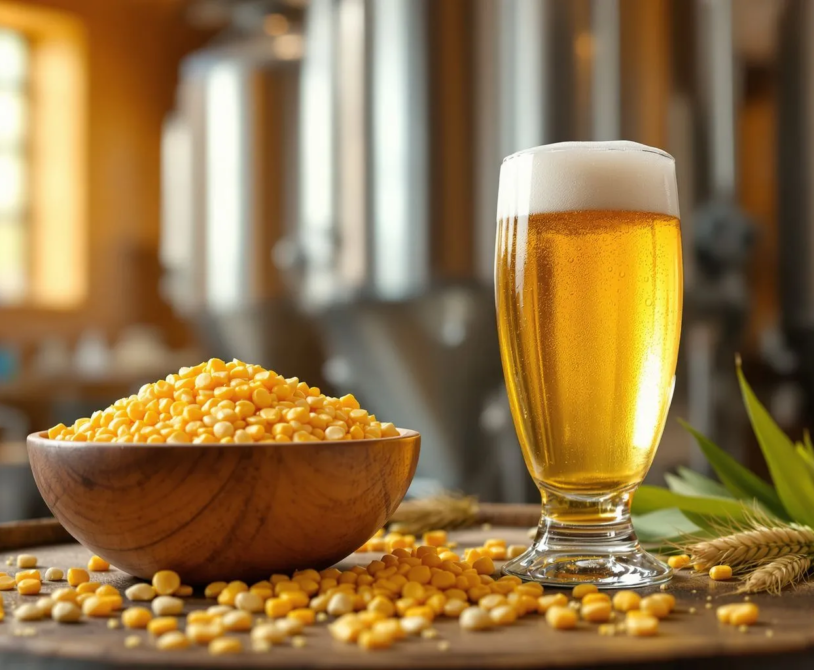Maize flour and corn meal get more people confused than most terms in the cuisine lexicon. They are commonly used interchangeably in the culinary arts, a dangerous casual overlap in the precise world of industrial food processing, wherein product developers, scientists in R&D, and procurement managers will not have arguments because it is not merely semantic; it is the difference that makes it the key parameter for defining texture, mouthfeel, functionality, and eventually, the fate of a final product.
Incorrect ingredient choice translates into a gravy that doesn’t thicken, a coat that can’t crunch, or a baked good with a texture of disappointing density. So understanding the bedrock differences between these two corn powerhouses is a must for successful product development and production consistency.
In this technical guide, maize flour and corn meal will be unraveled once and for all. It will also cover how their journey through milling defines their properties and will give guidance on uses that are straightforward to help select your desired ingredient for your formulation requirements.
The Foundation of Difference: A Milling and Grinding Narrative.
What maize flour is from corn meal and what holds them together is the dried kernel of maize (corn). Both usually refer to modern dry milling processes that separate the best part of the kernel from its starch endosperm. The processes include the cleaning of raw kernels, tempering whereby moisture is added under pressure into the tough outer bran while softening the endosperm for easier separation, and degermination subjecting kernels to impact machines, whereby the three can be separated: the bran, which is fiber-rich; the germ, which is oil-rich embryo; and the endosperm, which is starchy center. The oily germ has to be removed to create an ingredient shelf-stable and clean flavor. It is also the last stage-the grinding and sifting of the endosperm-wheremaize flour differs from corn meal. The entire difference between both comes from one critical factor: granulation, or really particle size. Think of it like fine beach sand and coarse gravel; both come from rock, but their physical form dictates their function entirely.
Maize Flour
Maize flour is that fine end of the granulation spectrum. Often referred to synonymously with corn flour, maize flour is derived from corn kernels or maize (but note that it is not cornstarch, which is pure starch extract). After grinding, the inedible portion of the endosperm is sifted several times through screens so fine that it becomes an airy, silky powder resembling wheat flour.
Key Technical Properties
The extremely small particle size of maize flour gives it a unique set of functional properties that are invaluable to product developers:
- High Starch Availability: In addition to having a high surface area, the fine grind allows the starch molecules to be accessible quickly and easily to heat and moisture, making it highly effective and fast-acting as a thickening agent.
- Smooth, Non-Gritty Texture: When incorporated into liquids or batters, maize flour disperses evenly and seamlessly. It creates a smooth, velvety mouthfeel without the grittiness associated with coarser ingredients.
- Super Binding Properties: The small particles available starch enable it to form a hydrogel matrix for binding water and other ingredients-the property central in applications requiring structure with cohesion.
- Gluten-Free Functional Operation: In gluten-free baking, maize flour is often used blended with other flour, such as rice or tapioca flour, to achieve the fine crumb texture and soft mouth feel in cakes, cookies, and breads.
Common Industrial Applications
By virtue of such properties, maize flour features as the application of choice:
- Thickening Agents: A major constituent in industrial bases for soups, sauces, gravies, and ready-meals.
- Bakery & Mixes: Included in pancake, waffle, and cake mixes for a tender crumb; also complements a wide range of gluten-free flour blends.
- Processed Meats: Functions as a binder for moisture retention and texture improvement for sausages, meat patties, and plant-based meat analogues
- Dairy & Desserts: Puddings, custards, and dessert fillings attain a smooth, stable set from this material.
- Confectionery: Dusting agents to prevent candy from sticking.
Yellow Corn Meal
And maize flour is defined by its fineness, yellow corn meal is defined by its distinct granular texture. This somewhat coarse grind of the degerminated endosperm is generally available in an array of granulations-fine, medium, and coarse-to match different applications. Even the finest corn meal is still noticeably more granular than maize flour.
Key Technical Properties
The larger particle size of corn meal means that an entire new set of function characteristics presented.
- Effect on Texture: This is the most prominent of corn meal’s characteristics-value in terms of formulators. Its distinctiveness resides in the end-product character, hearty, slightly crumbly, and rustic texture, which formulators highly covet.
- Structural Integrity: In products baked using corn meal, a strong structure and “bite” is the pleasant paradox; it creates a more open crumbly texture, unlike the fine, cake-like crumb which maize flour might create.
- Superior Coating Performance: The coarse, angular nature of corn meal particles creates an exceptionally crunchy and durable crust when fried or baked. It adheres well to surfaces and produces a beautiful golden-brown color.
- Slower Hydration: Compared to ordinary flour, the larger particles of corn meal absorb moisture more slowly. Formulations must be adjusted to avoid a dry or gritty product at the end.
Common Industrial Applications
The corn treatment imparts textural benefits to yellow corn meal-making it a workhorse in:
- Industrial Bakery: The deadpanned traditional cornbread, muffin, and polenta mixes. It is also asked for texture for multi-grain breads.
- Coatings and Breading Systems: The standard ingredient for breading systems for poultry, fish, and vegetables providing the crunch preferred by consumers.
- Snack Manufacturing: Counts as one of the main ingredients for corn chips, tortilla chips, grainy extruded snacks, where a hard, crunchy bite is enforced as the hallmark.
- Pizza and Hearth Breads: Dusting agents on pans and peels prevent sticking and provide tiny crunch on the bottom of the crust.
Head-to-Head Comparison: A Formulator’s Cheat Sheet
To simplify the selection process, here is a direct comparison of the two ingredients:
| Attribute | Maize Flour | Yellow Corn Meal |
| Particle Size | Powdery, fine (<0.2mm) | Granular, coarse (>0.3mm) |
| Texture | Silky, smooth | Gritty, sandy |
| Final Product Mouthfeel | Smooth, thickening, velvety | Textural, crumbly, crunchy |
| Primary Function | Thickener, Binder, Fine Crumb | Texturizer, Structural Component, Coating |
| Hydration Rate | Fast | Slow |
| Best For… | Sauces, gravies, gluten-free blends, batters, processed meats. | Cornbread, coatings, extruded snacks, dusting, polenta. |
Conclusion: The Right Granulation for the Right Application
The choice between maize flour and corn meal is a critical technical decision driven by the desired function and final product characteristics. One is a master of smooth textures and binding, while the other is an unparalleled provider of crunch and structure. Understanding this fundamental difference—rooted entirely in particle size—empowers product developers to innovate with precision and manufacture with consistency.
Partnering with an ingredient supplier who not only understands these nuances but can also provide a full spectrum of precisely milled corn products is a strategic advantage. At Parakh Foods,, our expertise in dry corn milling allows us to deliver everything from the finest maize flours to the coarsest corn meals, all with unwavering consistency. Our technical team is ready to help you select the perfect granulation to optimize your formulation and bring your product vision to life.



